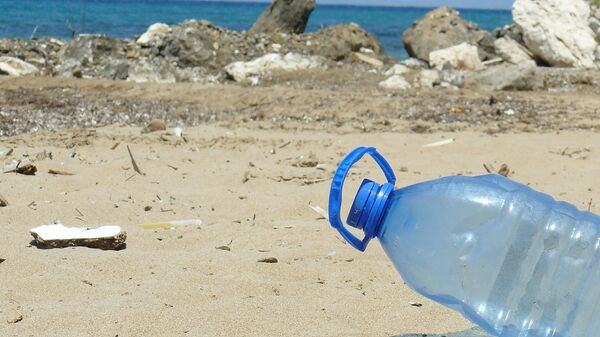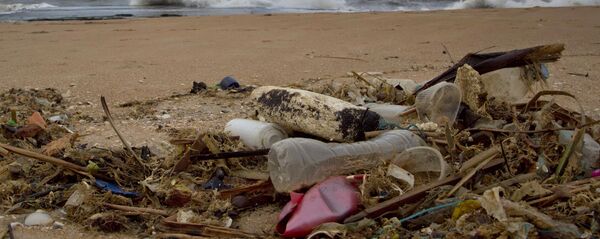It is estimated that there are five trillion pieces of plastic littering the world’s oceans.
For example, despite being uninhabited, Henderson Island in the southern Pacific Ocean is littered with the highest known density of plastic debris of any place on the planet. Based on a sampling by scientists, it is estimated that there are more than 17 tons of debris – more than 37 million pieces of plastic – on the island, with 3,570 new pieces washing ashore each day on just one of its beaches alone.
“Efforts to date to cleanse the oceans of plastic have been based on ships crisscrossing the polluted areas and collecting debris as they go. According to simulations, that approach to the problem will take 79,000 years and an undeterminable amount of money,” DW.com reported.
Instead, 22-year-old Slat is planning to use an “Ocean Cleanup Array,” a miles-long boom that will skim the surface of the ocean, relying on wind and waves to bring the debris into the boom. The plastic will then be funneled into collection points, where it is stored until shipment for recycling.
Slat believes that his project will be set to begin collecting plastic in the next year.



